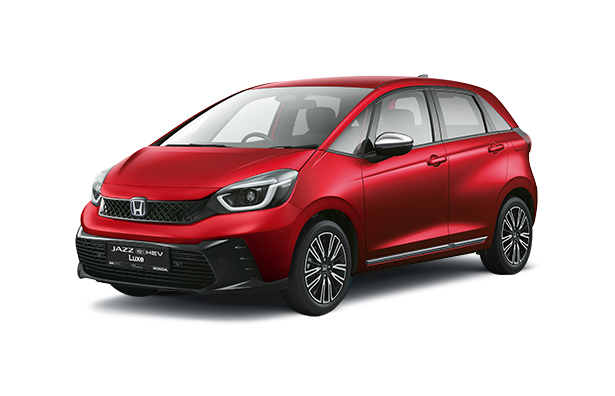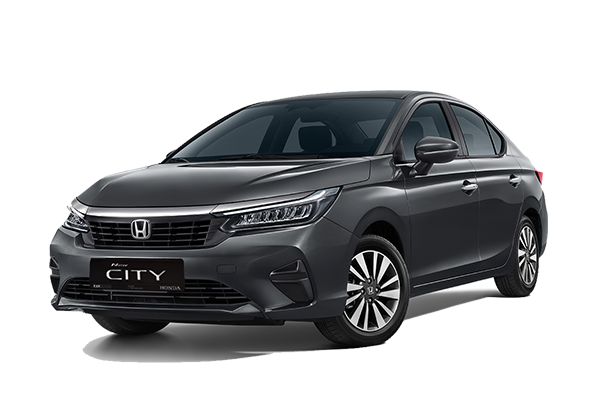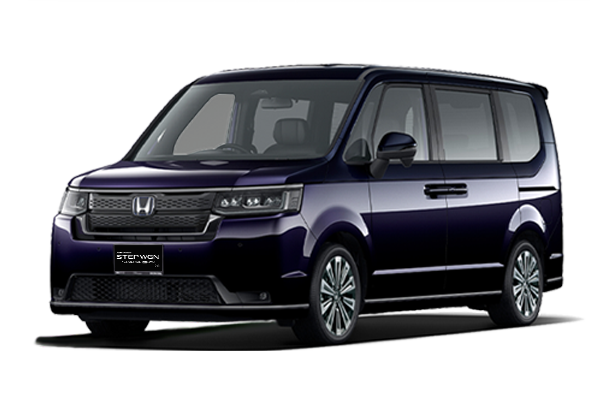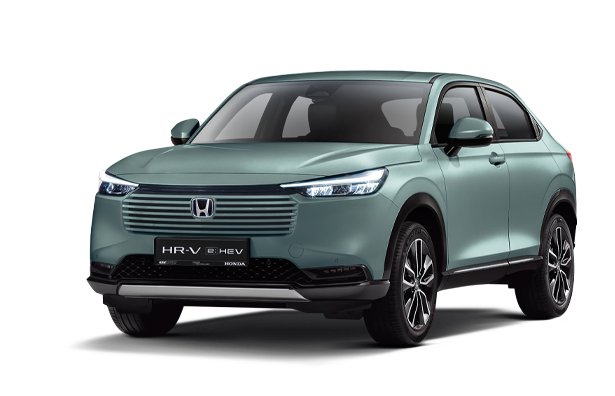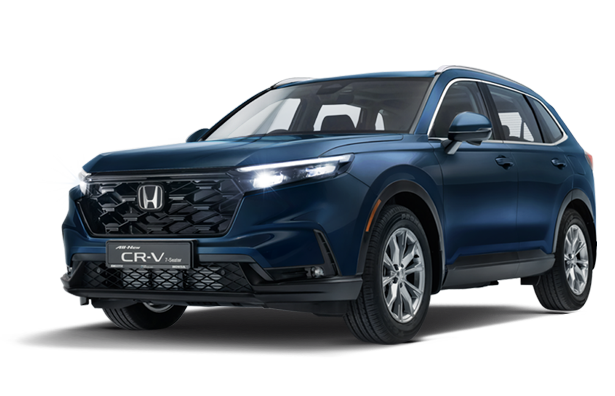Honda Odyssey shows old-school can still be sweet
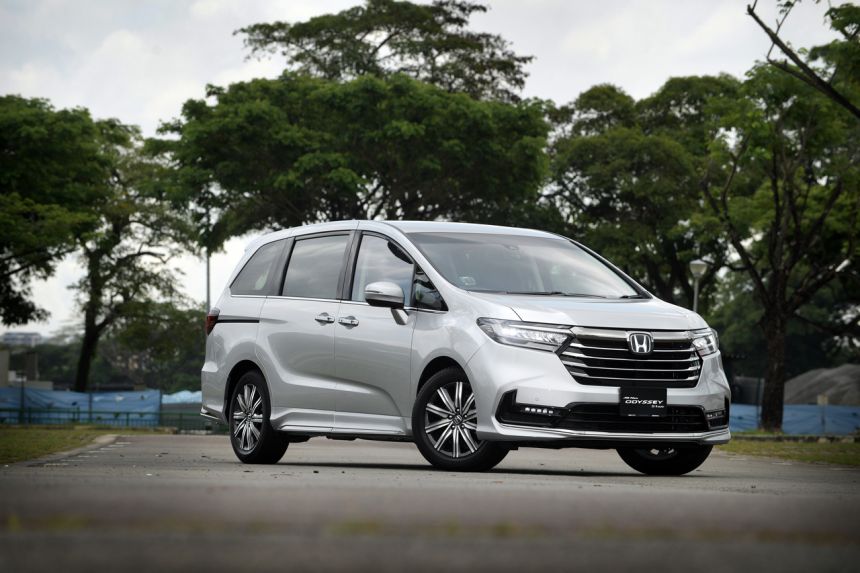
It never fails to both irk and amuse me to see new cars on the road with headlights switched off at night. Because the automatic headlight switch has been around for decades.
In fact, I do not recall the last time I came across a new car without this useful feature. Then comes the Honda Odyssey.
The eight-seater variant of the facelifted full-size people carrier does not come with automatic headlights. Nor manual gear selection. And its parking brake is operated by foot.
These oddities aside, the Odyssey is a pleasing family car. Its ground clearance has been raised by 11mm, so getting in and out is easier now, especially for elderly folk.
The suspension has been improved since the last time I drove it in 2014. Ride quality is better than before, with damping harshness pared down noticeably. Bigger-profile tyres also contribute to its enhanced comfort.
The big car comes to a halt with imperceptible dive, which puts it on a par with some high-end limousines. Its brakes are easy to modulate - a simple joy which may disappear as more cars incorporate energy-recuperating brakes.
Rear passengers enjoy a flat floor, relatively easy access to the third row and chilled air from overhead vents.
Even without those vents, I feel the Odyssey's extra-powerful air-conditioning system is enough to cool the whole cabin with just its main front blowers. For sure, you will not miss the ventilated seats you find in many South Korean cars.
Front occupants get armrests and cup-holders which are adjustable, with the driver having an extra fixed holder fore of the right air-conditioning vent.
Features which make life on the go a lot easier include walkaway locking, which saves you the hassle of dealing with non-responsive door handle sensors; and light-touch sliding rear doors which are so effortless, the driver never needs to use the remote controls below the right air-conditioning vent.
The cockpit is a lot more sophisticated. A classy textured panel runs across the fascia.
A push button opens an expansive storage bin above the glovebox, where you will find a neat shelf for your phone and a USB charging port. The full-colour LCD panel has doubled in size to seven inches, and a touchscreen replaces physical switches on the rear aircon control panel.
Honda has a restrained approach to driving aids. The Odyssey has an adaptive cruise control system which requires the driver to take over at crawling speeds. It has front-collision mitigation and lane-keeping. Affected by shadows and passing vehicles, the latter switches on and off on the go, emitting a soft whistling alert each time.
The Odyssey's exterior sports a big bold grille flanked by new LED headlights with sequential-turn signals. The tail-lamp clusters have these dynamic signals too.
The big grille and the car's increased height create an optical illusion of a vehicle that is more akin to the boxy Nissan Elgrand and Toyota Alphard when, in fact, it is not as tall as the other two multi-purpose vehicles (MPVs).
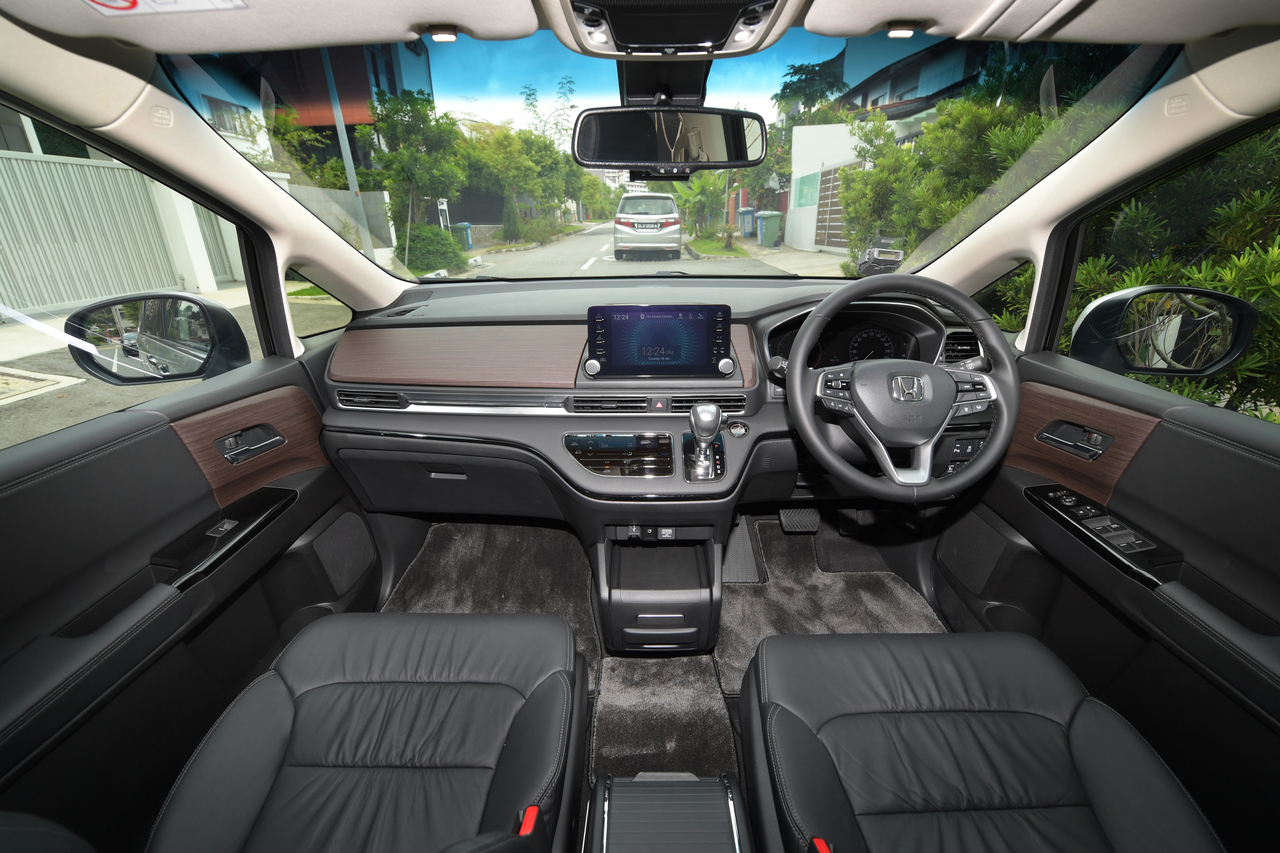
The last change in the Odyssey is unexplained - the car's performance has improved despite engine output remaining unchanged. The eight-seater is now apparently 0.3 seconds quicker to the century mark.
On the go, the MPV is relatively effortless at low speeds. But its CVT (continuously variable transmission) whine is palpable when urgency is called for.
The test-car averages 11.8 litres per 100km, which is noticeably higher than the stated 8.1 litres. But for an eight-seater which delivers near limo-class comfort, the consumption is not overly shoddy.
To boot, it is priced competitively at below $165,000, which includes a five-year unlimited mileage warranty.
Even so, I wish it had come with automatic headlights, which the seven-seat variant has.
Credits: The Straits Times. Author: Christopher Tan
Original Source: https://www.straitstimes.com/life/motoring/car-review-updated-honda-odyssey-shows-old-school-can-still-be-sweet

